Description of Flavor of Coffee beans treated with Solar Yega Chuefei introduction to the method of hand flushing in the producing area of varieties
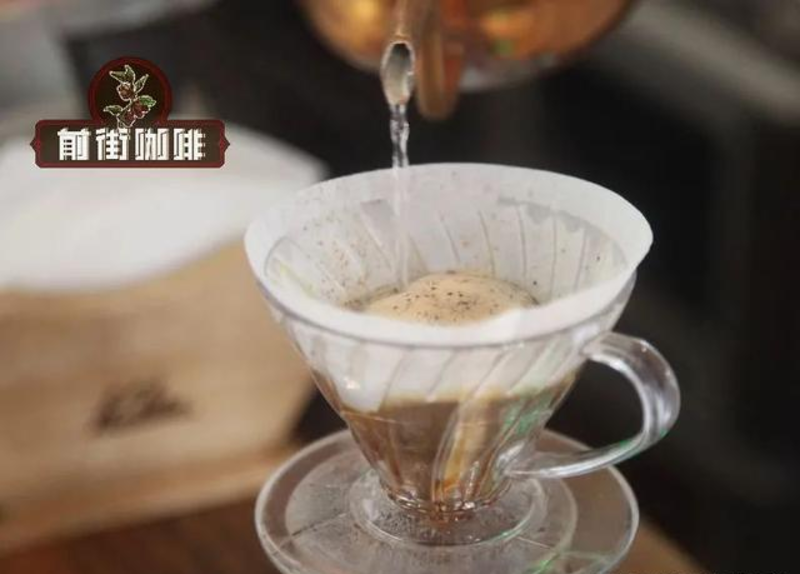
Qianjie honey to deal with Yejia Xuefei is a new attempt, compared to those who are used to drinking traditional water washing and sun treatment, there is a new experience. This honey-treated Yejassefi is from the Hofsa Cooperative. After testing, the taste of this honey treatment is very layered, sweet citrus-like acidity, full, soft and clean. The taste is smooth, with a sweet finish similar to caramel and an almond-like aroma, which is very good.
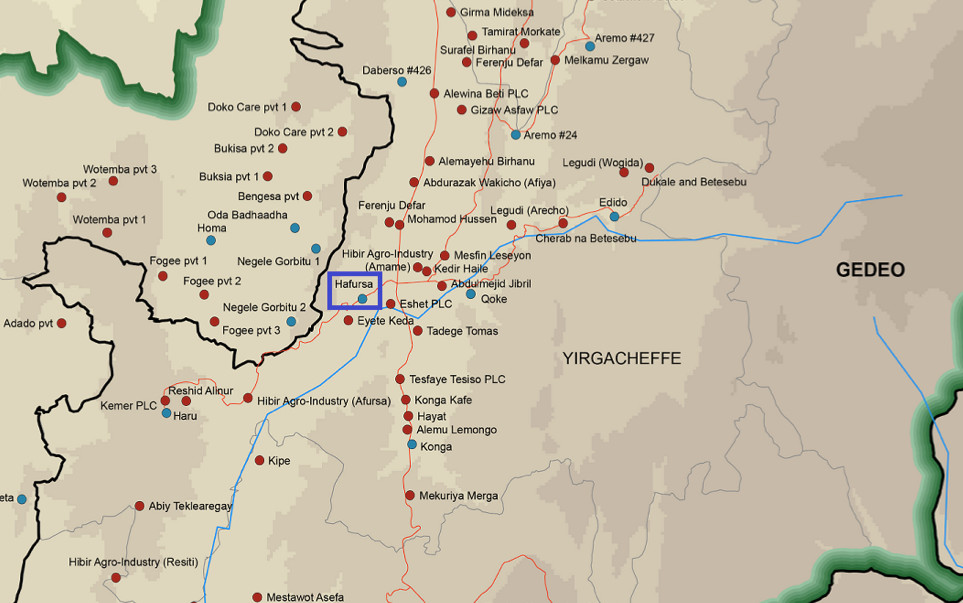
"Hofsa" was originally the name of a village in the town of Ethiopia, which is the smallest unit of the four local administrative levels. In fact, it is close to the west of the downtown area of the town of Yega, and as long as you walk out of the town road on the west side, you can immediately enter the village of Hofsa. The Hofsa Cooperative was established as early as 1975 and can be said to be the vanguard of the first wave of cooperative movement in Ethiopia. The source of coffee berries in the Hofsa cooperative processing plant is mainly from the hillside of the village of Hofsa and to the west of the plant, ranging from 1850 meters to a maximum of 2100 meters above sea level; and some from the hillside near the village of Konga in the south of the plant, where the elevation ranges from 1870 meters to 2000 meters. The locations of the two regional coffee plantations are excellent in terms of elevation and slope, and this has become the basic condition for cooperatives to produce excellent raw coffee beans.
The Hofsa Cooperative joined the Yega Sheffield small Farmers Cooperative Union (YCFCU,Yirgacheffe CoffeeFarmers Cooperative Union) in 2013 and obtained "organic" and "fair trade" certification. The Hofsa Cooperative, in cooperation with local small farmers in Yejassefi, adopts shade planting techniques and intersperses with crops such as bananas, planting with full manual and organic fertilizers, and using natural ways to control diseases and insect pests, so as to ensure ecological protection. make the taste of coffee quality more pure. In 2013, Hovesa received a high score of 95 on the Coffee Review Coffee rating, with a multi-layered and supple taste, sweet as honey, citrus aromas, smooth acidity and a full finish, with hints of almond and caramel.
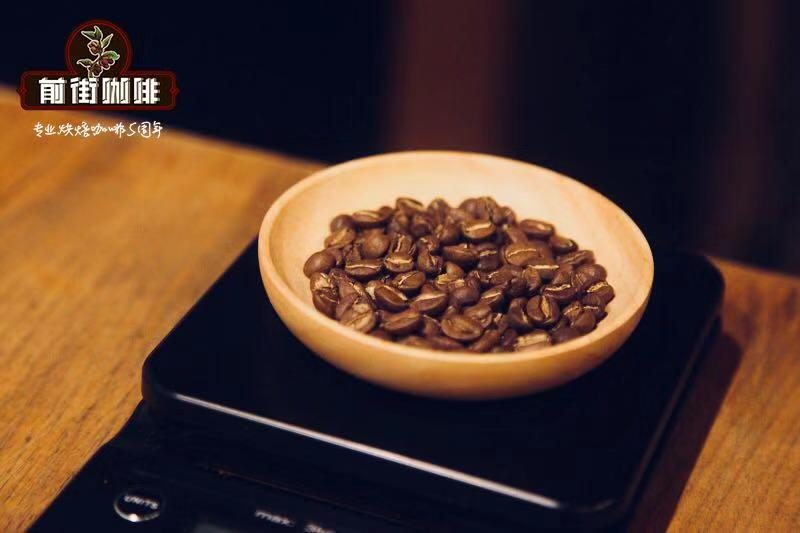
What is honey treatment?
This Yega Shirley Hofsa red cherry is treated with honey. Honey treatment is a process that allows coffee beans to be sun-dried with mucous membranes. After the outer pulp of the coffee bean is removed, there will be a layer of sticky jelly. In the traditional washing method, it will be washed away with clean water, but because of the water resources limitations of some high-altitude areas, this method of drying directly with pectin has been born. The honey treatment is divided into black honey, red honey, orange honey, yellow honey and white honey according to the thickness of pectin planing, the length of sunshine time (or the degree of drying thickness), and the frequency of turning in the sun. Honey treatment this treatment not only retains the cleanliness of the washing method, although it is not as bright as the washing treatment, but increases the sweetness and caramel taste.
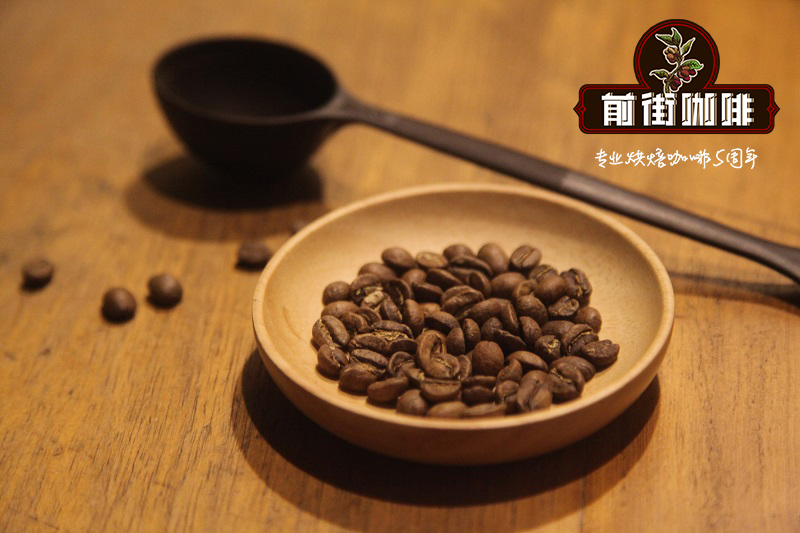
Yirgacheffe Hafursa Cherry Red
Ye Jia Xue Feifei Fu Sha Red Cherry
Production area: Yirgacheffe Hafursa
Variety: native species
Treatment: honey treatment
Altitude: 1940m
Grade: G1
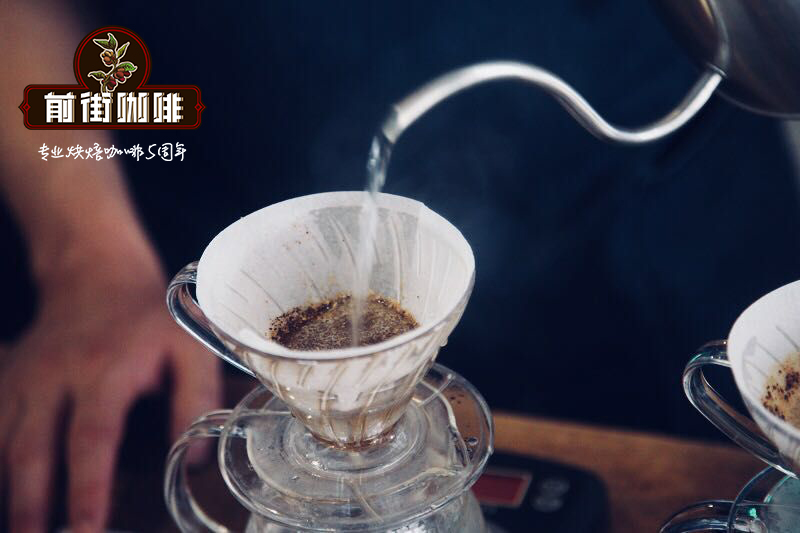
Coffee powder quantity: 15 g proportion: 1:15 water temperature: 90 degrees Celsius grinding degree: BG # 6sf filter cup: Hario v60 # 01 filter cup
Qianjiaxiefefusa cooking process: the first stage injects 30 grams of water for 30 seconds, the second stage injects 95 grams of water (125 grams indicated by the electronic scale), about 1 minute completes the injection, and the third stage injects 100 grams of water (225 grams shown by the electronic scale). About 1 minute 40 seconds to complete the injection.
Extraction time: 2 minutes and 10 seconds, remove the filter cup to finish cooking
Flavor description: citrus, almonds, honey, caramel
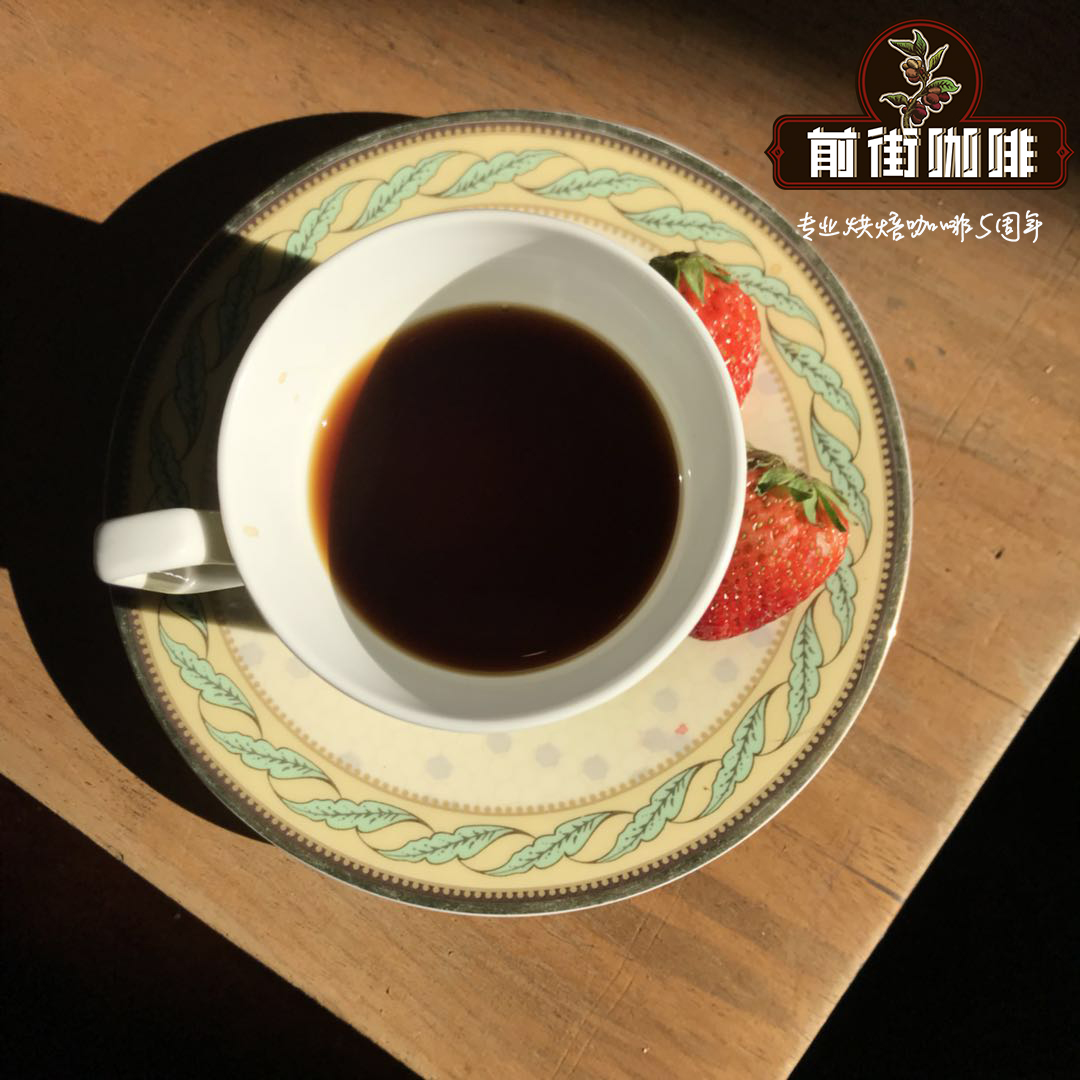
Important Notice :
前街咖啡 FrontStreet Coffee has moved to new addredd:
FrontStreet Coffee Address: 315,Donghua East Road,GuangZhou
Tel:020 38364473
- Prev

Flavor description of coffee producing area in Burundi introduction of variety producing area by manor taste treatment method
There are two major ethnic groups in Burundi, and only about 15% of the Tutsi have ruled the country since the 16th century, controlling the civilian population, which is mainly made up of Hutu, plus a very small number of aboriginal Twa. This minority
- Next
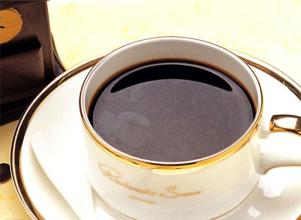
Lin Dong Manning Coffee Flavor description Grinding scale treatment method taste manor
Lin Dong Manning Coffee Flavor description Grinding scale method the current head of PWN, Mr. du Weizhi (son of the founder) and two other veteran bosses Chen, Boss du continues to carry forward the founding purpose of Mr. du, quality first, so he has not expanded the size of the company for a long time, all products from origin to packaging layer by layer strict control, so that consumers get the best products.
Related
- Detailed explanation of Jadeite planting Land in Panamanian Jadeite Manor introduction to the grading system of Jadeite competitive bidding, Red bid, Green bid and Rose Summer
- Story of Coffee planting in Brenka region of Costa Rica Stonehenge Manor anaerobic heavy honey treatment of flavor mouth
- What's on the barrel of Blue Mountain Coffee beans?
- Can American coffee also pull flowers? How to use hot American style to pull out a good-looking pattern?
- Can you make a cold extract with coffee beans? What is the right proportion for cold-extracted coffee formula?
- Indonesian PWN Gold Mandrine Coffee Origin Features Flavor How to Chong? Mandolin coffee is American.
- A brief introduction to the flavor characteristics of Brazilian yellow bourbon coffee beans
- What is the effect of different water quality on the flavor of cold-extracted coffee? What kind of water is best for brewing coffee?
- Why do you think of Rose Summer whenever you mention Panamanian coffee?
- Introduction to the characteristics of authentic blue mountain coffee bean producing areas? What is the CIB Coffee Authority in Jamaica?

